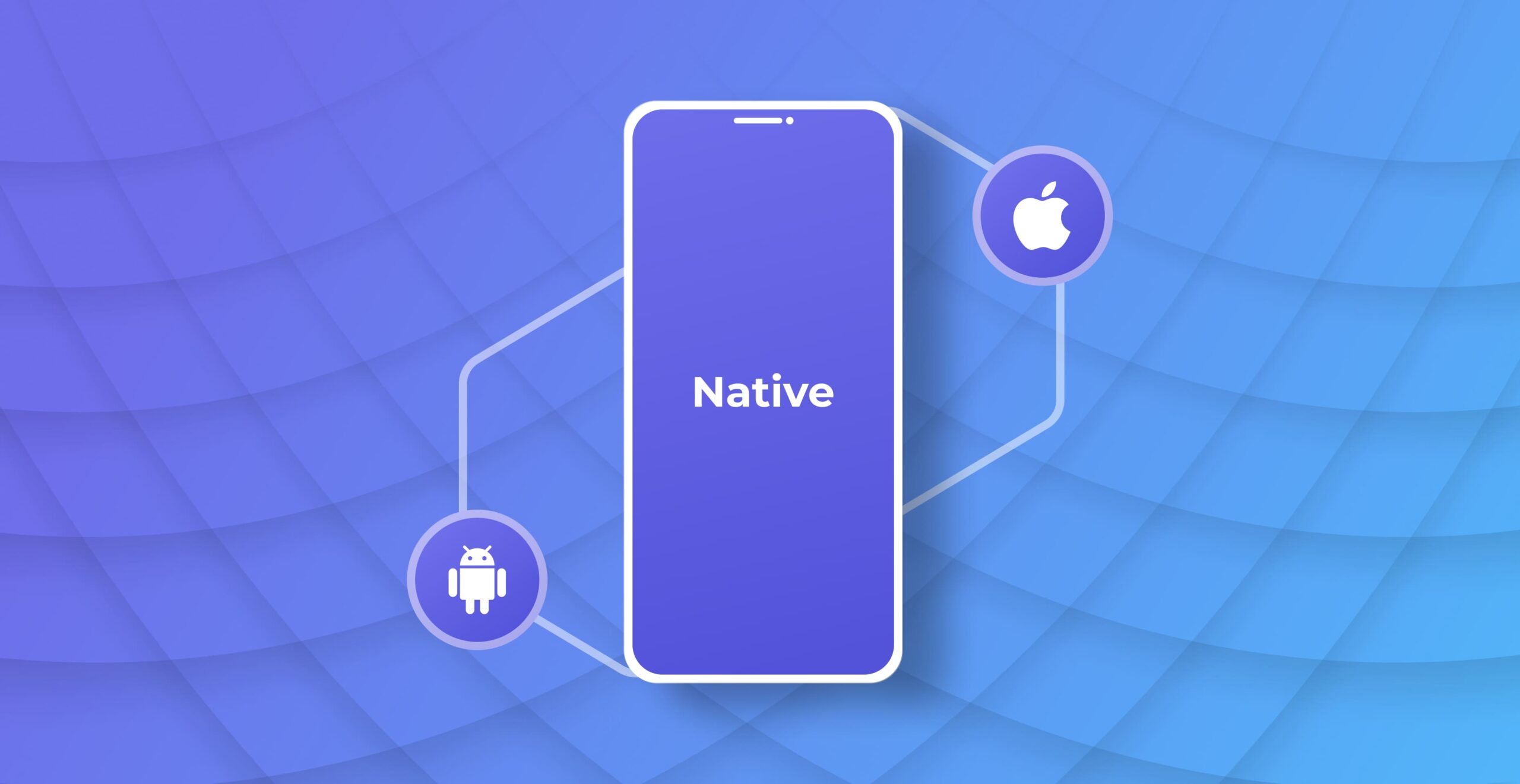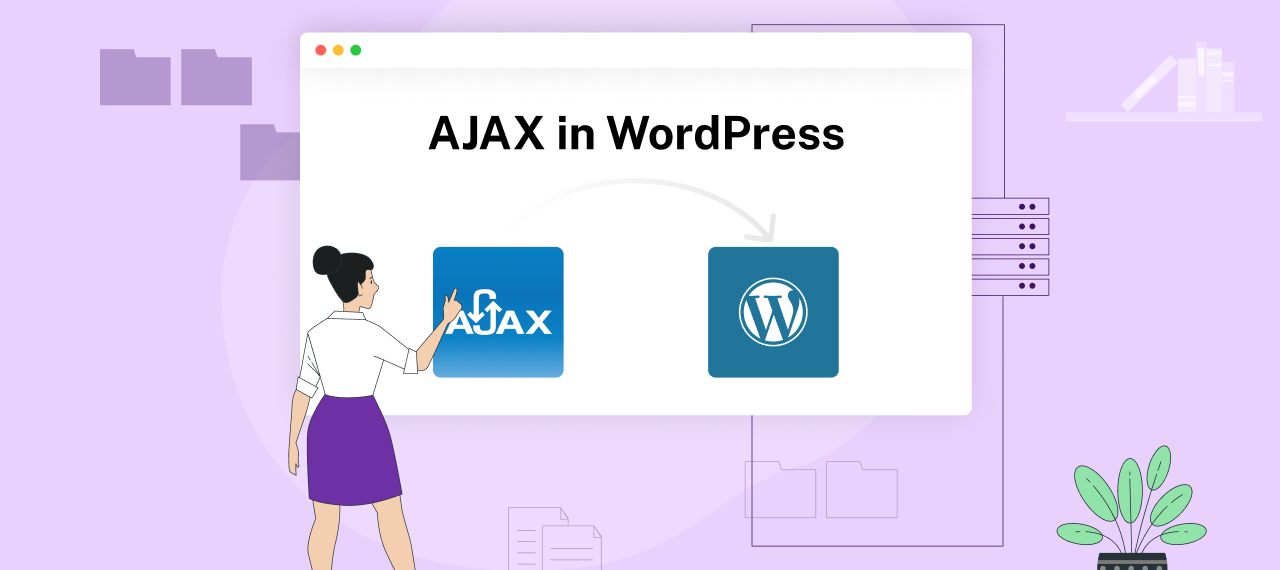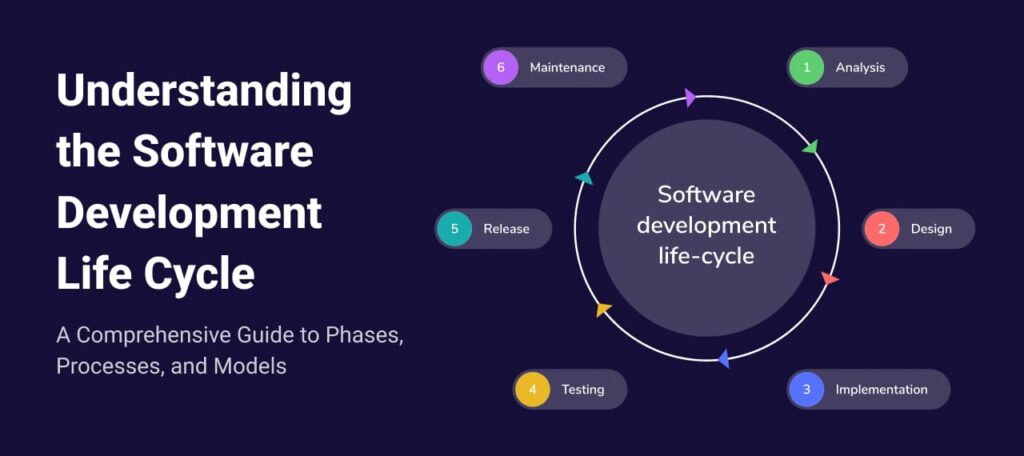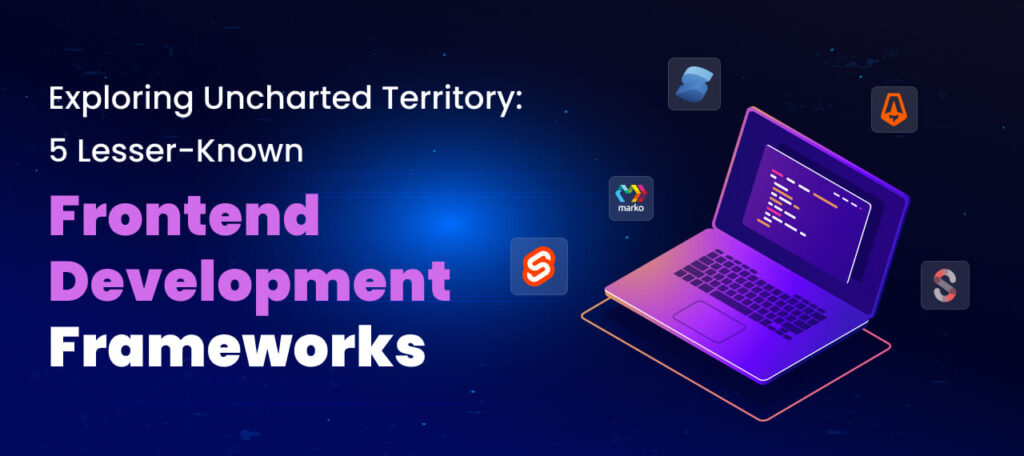In the rapidly evolving world of mobile and web application development, developers face the critical decision of choosing the right development approach for their projects. The three prominent approaches are Cross-Platform, Native, and Hybrid development. Each approach comes with its set of advantages and challenges, making it essential for developers to understand their differences and choose wisely based on project requirements.
This article will delve into the details of each approach, explore the leading frameworks and tools associated with them, highlight their ideal use cases, and discuss their respective pros and cons.
Cross-Platform Development
Definition
Cross-platform development involves creating applications that can run on multiple platforms, such as iOS, Android, and web browsers, using a single codebase. This approach aims to maximize code reusability, thus reducing development time and effort.
Leading Frameworks
- React Native: Developed by Facebook, React Native is a popular open-source framework that enables developers to build mobile applications using JavaScript and React. It offers a rich set of components and APIs, allowing easy access to device functionalities.
- Flutter: Developed by Google, Flutter is an open-source UI software development kit that uses the Dart programming language. Flutter provides a reactive framework, allowing developers to build visually attractive and high-performance applications.
Tools
- Expo: A set of tools and services built around React Native to simplify the development process and enable faster testing and iteration.
- CodeMagic: A CI/CD (Continuous Integration/Continuous Deployment) service tailored specifically for Flutter projects, streamlining the app building and deployment process.
Use Cases
Cross-platform development is ideal for startups and small-to-medium-sized businesses aiming to reach a broader audience without significant resource investments.
Applications that don’t require intensive access to native device features and primarily focus on content delivery, such as e-commerce apps, news apps, and social media platforms.
Pros
- Faster development: With shared code, developers can build applications for multiple platforms simultaneously, reducing development time and costs.
- Wider reach: Apps can be deployed across various platforms, enabling businesses to target a larger user base.
- Easier maintenance: Since there is a single codebase, updates and bug fixes can be applied simultaneously to all platforms.
Cons
- Limited access to native features: Cross-platform frameworks may not provide immediate access to the latest native features, causing delays in their implementation.
- Performance limitations: Some complex applications may face performance issues due to the additional abstraction layer introduced by cross-platform frameworks.
- Debugging challenges: Identifying platform-specific bugs can be more challenging in cross-platform development due to the shared codebase.
Native Development

Definition
Native development involves creating applications for a specific platform using platform-specific programming languages and development tools. For example, iOS apps are developed using Swift or Objective-C, while Android apps are built with Java or Kotlin.
Tools
- Xcode: The official IDE for iOS app development, equipped with tools for designing, coding, and debugging.
- Android Studio: The official IDE for Android app development, offering powerful tools for app creation and testing.
Pros
- Superior performance: Native apps have direct access to the device’s hardware and APIs, resulting in optimized performance and responsiveness.
- Full access to native features: Developers can leverage the latest features and functionalities of each platform without delays.
- Seamless user experience: Native apps adhere to the platform’s design guidelines, providing a familiar and user-friendly experience.
Cons
- Longer development time: Building separate codebases for each platform extends the development timeline.
- Increased development cost: Native development requires expertise in platform-specific languages, which may lead to higher development costs.
- Maintenance complexity: With multiple codebases, maintenance becomes more complex, as updates and bug fixes must be applied individually.
Use Cases
- Projects requiring the best possible performance and access to the latest native features should opt for native development.
- Applications that heavily rely on device-specific capabilities, such as augmented reality apps, camera-centric apps, and games.
Hybrid Development
Definition
Hybrid development combines elements of both native and web development. It involves creating a web application using standard web technologies (HTML, CSS, and JavaScript) and then wrapping it within a native container that allows it to run as a native app.
Leading Frameworks
- Ionic: An open-source framework that allows developers to build hybrid mobile applications using web technologies like Angular, HTML5, and CSS.
- Apache Cordova (PhoneGap): A platform for building hybrid mobile applications using web technologies, offering access to native device features through JavaScript APIs.
Tools
- Capacitor: A modern alternative to Cordova, allowing developers to build cross-platform apps using web technologies and accessing native features with JavaScript.
Pros
- Faster development: Since the core of the application is built using web technologies, development time is reduced.
- Single codebase: Hybrid development allows a single codebase for multiple platforms, simplifying maintenance and updates.
- Offline capabilities: Hybrid apps can cache data, allowing users to access content even without an internet connection.
Cons
- Performance trade-offs: Hybrid apps may not match the performance of native apps, especially for computationally intensive tasks.
- Limited access to native features: Some complex native features might not be readily available in hybrid development or require additional plugins.
- User experience discrepancies: Achieving a consistent user experience across platforms can be challenging due to platform-specific differences.
Use Cases
- Hybrid development is suitable for projects with limited resources and tight schedules, aiming for a quicker time-to-market.
- Applications that don’t require extensive access to native functionalities but need offline capabilities and better performance than web apps.
Summarising
Choosing the right development approach depends on various factors such as project requirements, budget, timeline, and target audience. Cross-platform development offers faster development and wider reach, but may sacrifice performance and native feature access. Native development ensures the best performance and native experience, but requires separate codebases and higher costs. Hybrid development strikes a balance between cross-platform and native, allowing faster development with access to some native features.
Ultimately, developers must carefully evaluate their project’s needs and objectives to determine the most suitable approach and make the best use of available frameworks and tools to create successful and impactful applications.
Table of Contents
- Cross-Platform Development
- Native Development
- Hybrid Development
- Summarising










